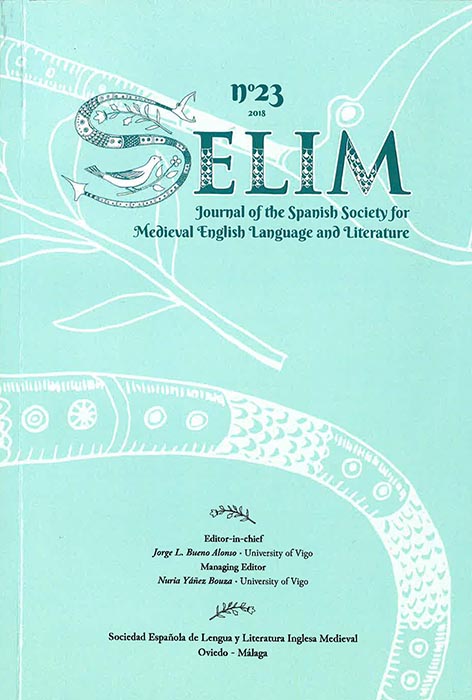Abstract
Following a linear textual approach, and set in the context of late medieval and early modern ideas on witchcraft as portrayed in popular literature and culture, this article will discuss the character of Agostes in the ballad The Greene Knight. This study will look at her in relation to her nature as mother and witch sole: an old woman, usually a widow or a mother-in-law, who is not under husband escort and therefore performs and works on her own terms. Agostes is the unifying cause, the starter of the femaledesire plot, and the main concocter of events in the ballad. First, this article will seek to illuminate her relationship to the rest of the characters in the narrative, particularly her daughter. Second, it will shed light on her narrative function, identity, and characterisation, providing an exploration of the ambiguities and problematics that she ostensibly poses. For example, I seek to demonstrate that she is a peculiar variation of the archetype of the wicked stepmother-witch.
For my analysis, I have particularly drawn on Heidi Breuer’s (2009) analysis of late medieval and early modern witches in English literature. I have also considered Diane Purkiss’s (2005) discussion of the figure of the witch in stories (with some references to history) in Elizabethan England. The present study is relevant for the understanding of Agostes’s agency in the text, as well as her explicit raison d’être as opposed to Morgan le Fay’s obscure role in the Gawain-poet’s chivalric romance.
Keywords: late medieval and early modern English witchcraft; witch sole; mother; widow; magic; desire
